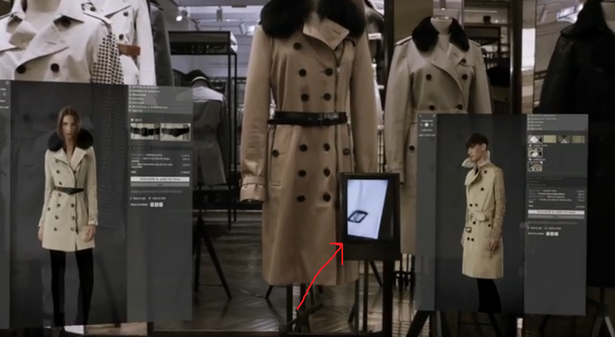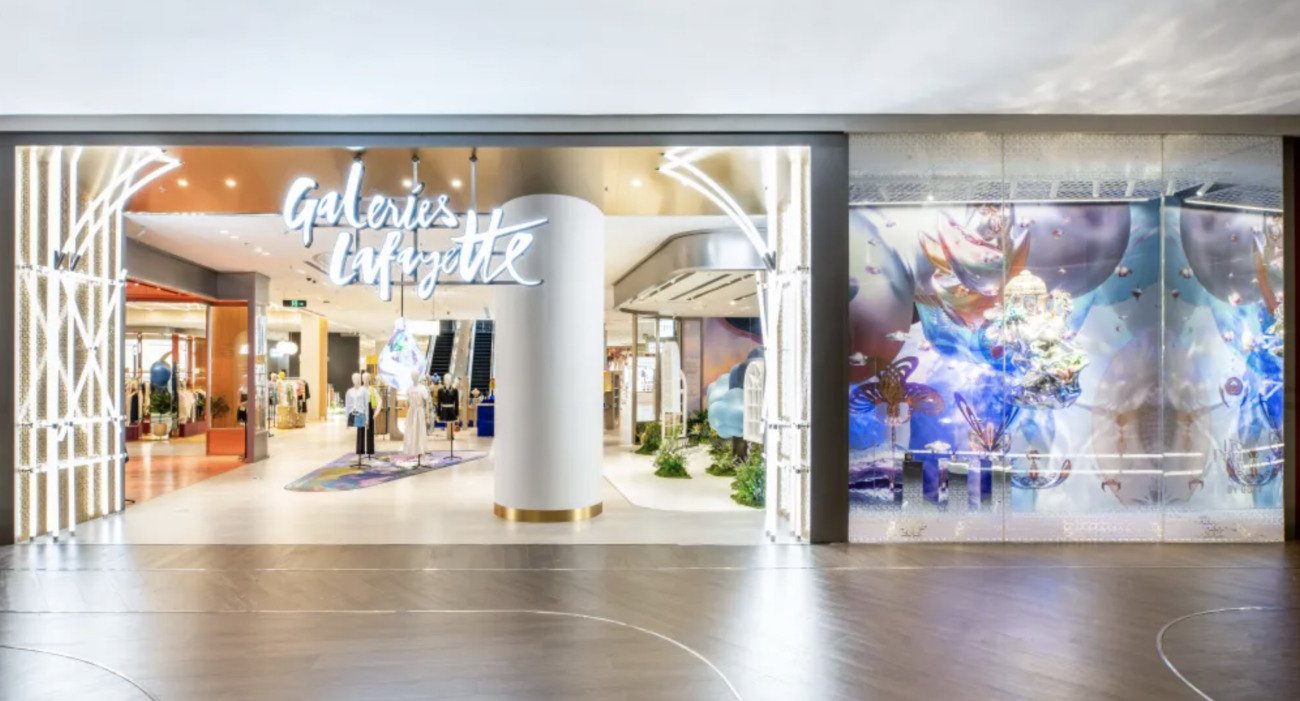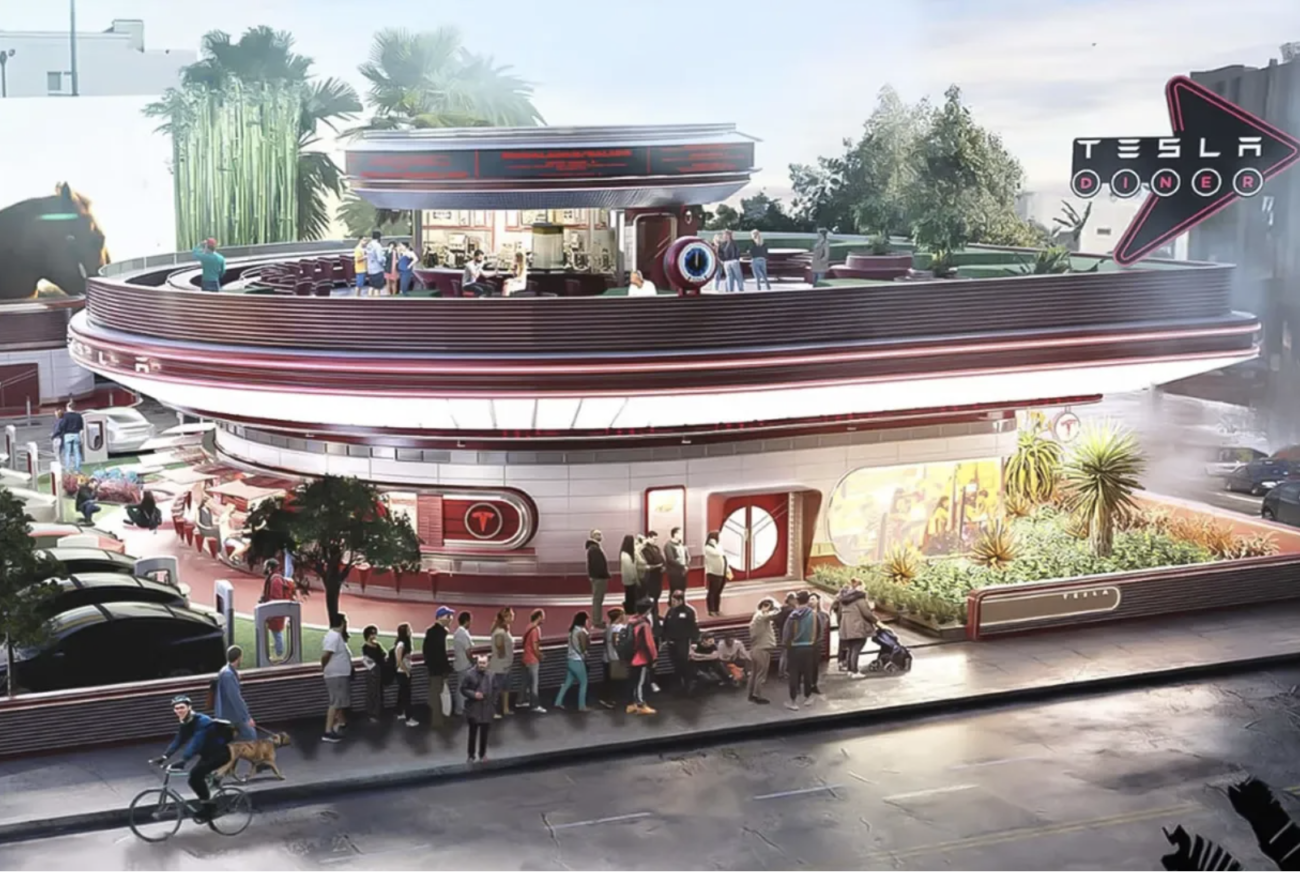Adobe’s Push To Own Data Instore
Adobe revealed this week a plan to bring digital personalisation to the store. At the company’s annual marketing summit in Las Vegas this week, director of e-commerce Errol Denger said the new technology will integrate

Adobe revealed this week a plan to bring digital personalisation to the store. At the company’s annual marketing summit in Las Vegas this week, director of e-commerce Errol Denger said the new technology will integrate shoppers’ personal information with data-driven recommendations for a personalized offline shopping experience. This technology is a screen attached to a Microsoft Kinect, which scans the body and displays the measurements before combining them with data stored in the customer’s profile (purchase history and other details) if he is singed in. The screen then would show an assortment of recommendation products based on Adobe’s proprietary algorithm.
While this concept is not yet live, Denger plans to work with stores for implementation by year end. This is not the first time a brand is using technology to create an offline shopping experience that combines the best of the online and offline worlds. Think Burberry’s Regent Street store, which is fully enabled with RFID technology. When consumer linger near or pick up an item, the television screens detect interest and display visuals and information related to that product. Similarly, the fitting rooms display alternate sizes and colors using the same technology. And Rebecca Minkoff has developed digital fitting rooms where shoppers can use the touchscreen to find complementary or substitute items.
Despite the success and press coverage of such initiatives, questions remain about their effectiveness. While these digital features can make shopping more entertaining and in some cases easier, are they truly integrating the online experience in-store? L2’s study on retail innovations finds that these features help, but should not be the focus of brands. “When crafting strategy and implementing specific omnichannel solutions, retailers should maintain focus on the consumer. Ask yourself: What are the biggest challenges they face,” said Director of Experience Strategy at SapientNitro (who partnered with L2 in the study). A lot of these solutions focus on streamlining the in-store experience to something that resemble e-commerce (for example, inventory that is faster to retrieve). A look at features deployed by department stores shows a focus on omnichannel, with features like real-time inventory visibility and customer service dedicated to in-store pickup among top priorities.
Via The Daily
 English
English





